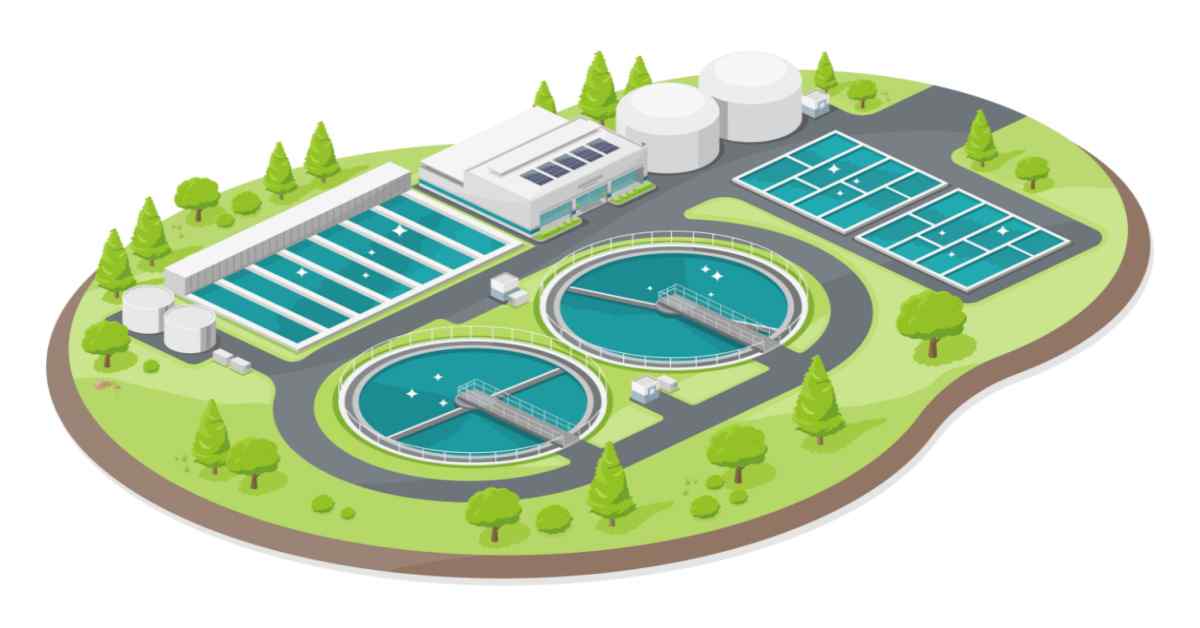Must-Know Tips for Maintaining a Trustworthy Wastewater System
Must-Know Tips for Maintaining a Trustworthy Wastewater System
Blog Article
Recognizing Wastewater Treatment Processes and Their Ecological Impact
The ins and outs of wastewater treatment processes play a critical role in mitigating environmental challenges associated with water pollution. Each stage, from initial to innovative therapies, is created to attend to certain pollutants, eventually securing both public health and wellness and aquatic communities.
Summary of Wastewater Treatment
How is wastewater transformed into a safe source for the setting? Wastewater therapy is a critical procedure created to eliminate pollutants from used water, consequently guarding public wellness and shielding ecological communities. This procedure begins with the collection of wastewater from domestic, commercial, and business sources, which is after that guided to treatment facilities.
At these centers, various physical, chemical, and biological approaches are utilized to deal with the wastewater. Consequently, organic treatments, such as turned on sludge processes, make use of microorganisms to damage down organic issue.
The treated effluent can be securely discharged right into natural water bodies or reused for watering and industrial objectives, promoting source conservation. Additionally, the therapy process produces biosolids, which can be repurposed as fertilizers or dirt amendments, further enhancing sustainability.
Stages of Therapy Processes
The wastewater therapy process usually includes 3 primary stages: initial, primary, and additional therapy. Each phase offers a distinct function in minimizing the toxin load and making sure the effluent fulfills environmental standards before discharge.

The main therapy phase focuses on the physical separation of suspended solids from the wastewater. With sedimentation, larger particles settle at the bottom of sedimentation storage tanks, developing sludge, while lighter materials, such as oils and greases, float to the surface area and are skimmed. This procedure considerably minimizes the natural and inorganic tons in the wastewater.
Additional therapy is an organic procedure aimed at additional minimizing the focus of raw material. Various approaches, including triggered sludge systems and dripping filters, make use of microbes to metabolize natural contaminants. This phase is necessary for attaining the needed biochemical oxygen demand (BODY) reduction, ultimately resulting in cleaner effluent ready for discharge or further therapy. Each phase is vital in protecting environmental and public health.

Advanced Treatment Technologies
Following the second treatment procedures, advanced therapy innovations play a crucial role in more improving the top quality of treated wastewater. These technologies are created to remove residual contaminants that are not successfully eliminated throughout primary and additional therapies, making sure the effluent meets rigid governing requirements.
Amongst Our site the widely made use of advanced therapy methods are membrane layer purification, reverse osmosis, and advanced oxidation procedures. Membrane layer filtration, including microfiltration and ultrafiltration, works in separating great fragments, microorganisms, and colloids from the water (Wastewater). Reverse osmosis makes use of semi-permeable membrane layers to remove liquified solids, causing top visit this site quality water ideal for various applications
Advanced oxidation processes (AOPs) use strong oxidants to degrade organic contaminants, consisting of drugs and personal care products that are resistant to traditional treatment. These approaches boost the biodegradability of intricate substances, promoting their removal.
Another significant technology is the use of biological nutrient removal processes, which particularly target nitrogen and phosphorus, stopping eutrophication in getting water bodies. Generally, innovative therapy modern technologies are crucial for attaining greater degrees of filtration, advertising water reuse, and securing public health and wellness while attending to the difficulties related to wastewater management.
Environmental Advantages of Therapy
Many ecological benefits occur from effective wastewater treatment procedures that add to ecosystem health and wellness and sustainability. Mainly, these processes significantly lower the launch of dangerous contaminants into all-natural water bodies, which aids preserve aquatic environments. By eliminating pollutants such as heavy steels, nutrients, and microorganisms, treated wastewater minimizes the danger of waterborne diseases and advertises biodiversity in marine environments.
In addition, wastewater treatment facilities usually utilize advanced modern technologies that allow water recycling and reuse. This practice not just conserves fresh water resources yet likewise reduces her response the need on natural water products. Enhanced nutrient elimination from wastewater can likewise protect against eutrophication, a process that leads to algal flowers and succeeding oxygen exhaustion in aquatic systems.
In addition, efficient therapy processes can decrease greenhouse gas discharges, particularly methane and laughing gas, which are often launched during without treatment wastewater decomposition. By catching and utilizing biogas from anaerobic digesters, facilities can transform waste into renewable resource, therefore contributing to a decrease in nonrenewable fuel source dependence.
Challenges and Future Fads
While the environmental advantages of wastewater treatment are clear, numerous challenges continue that hinder ideal outcomes in this area. One significant problem is maturing framework, which frequently brings about ineffectiveness and raised operational prices - Wastewater. Many therapy plants were made decades back, and their capacities do not align with contemporary needs, which include more stringent regulative criteria and higher volumes of wastewater as a result of urbanization

Looking ahead, there is a growing emphasis on resource healing and circular economic climate principles within wastewater therapy. Advancements such as anaerobic digestion, which can produce biogas, and progressed purification innovations are acquiring traction. These techniques not only boost therapy efficiency yet additionally advertise sustainability.
Ultimately, attending to these difficulties needs partnership among stakeholders, investment in technology, and a commitment to ongoing research study. By accepting these patterns, the wastewater treatment sector can evolve to satisfy the demands of a changing environment and culture.
Verdict
In verdict, wastewater treatment processes play an important role in boosting environmental top quality and public health. The multi-stage therapy framework, paired with sophisticated innovations, efficiently reduces pollution and promotes lasting water administration.
Report this page